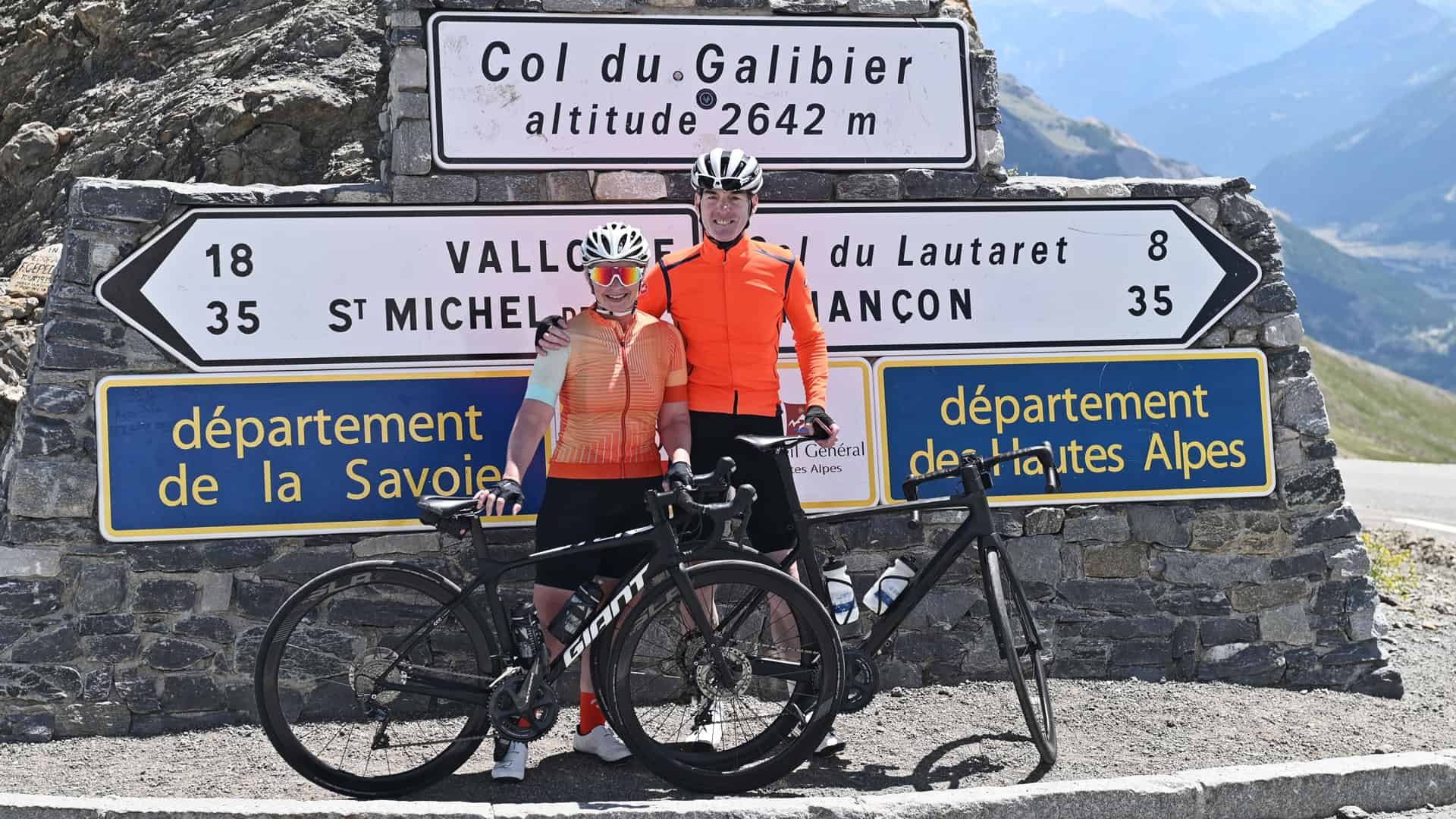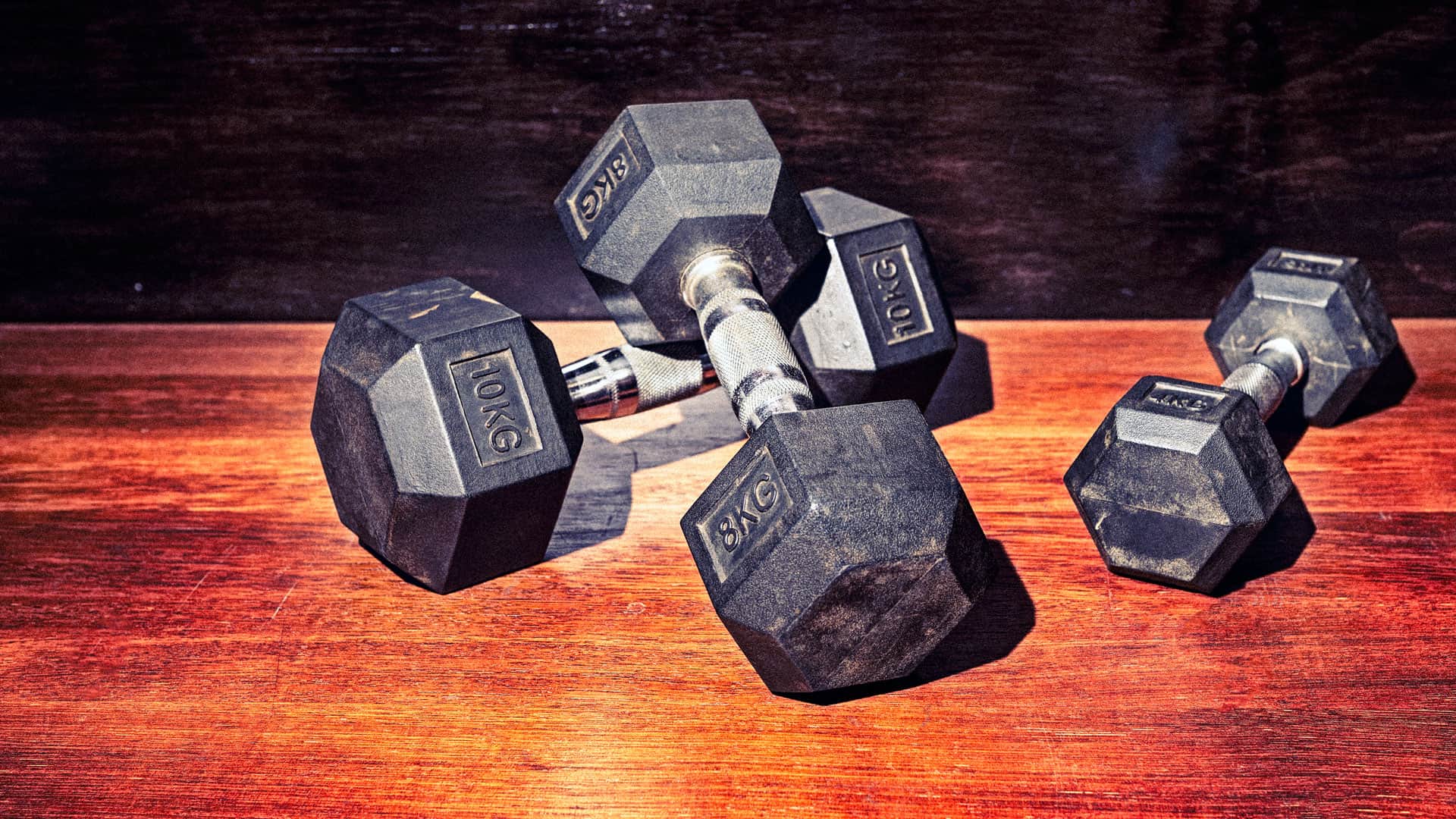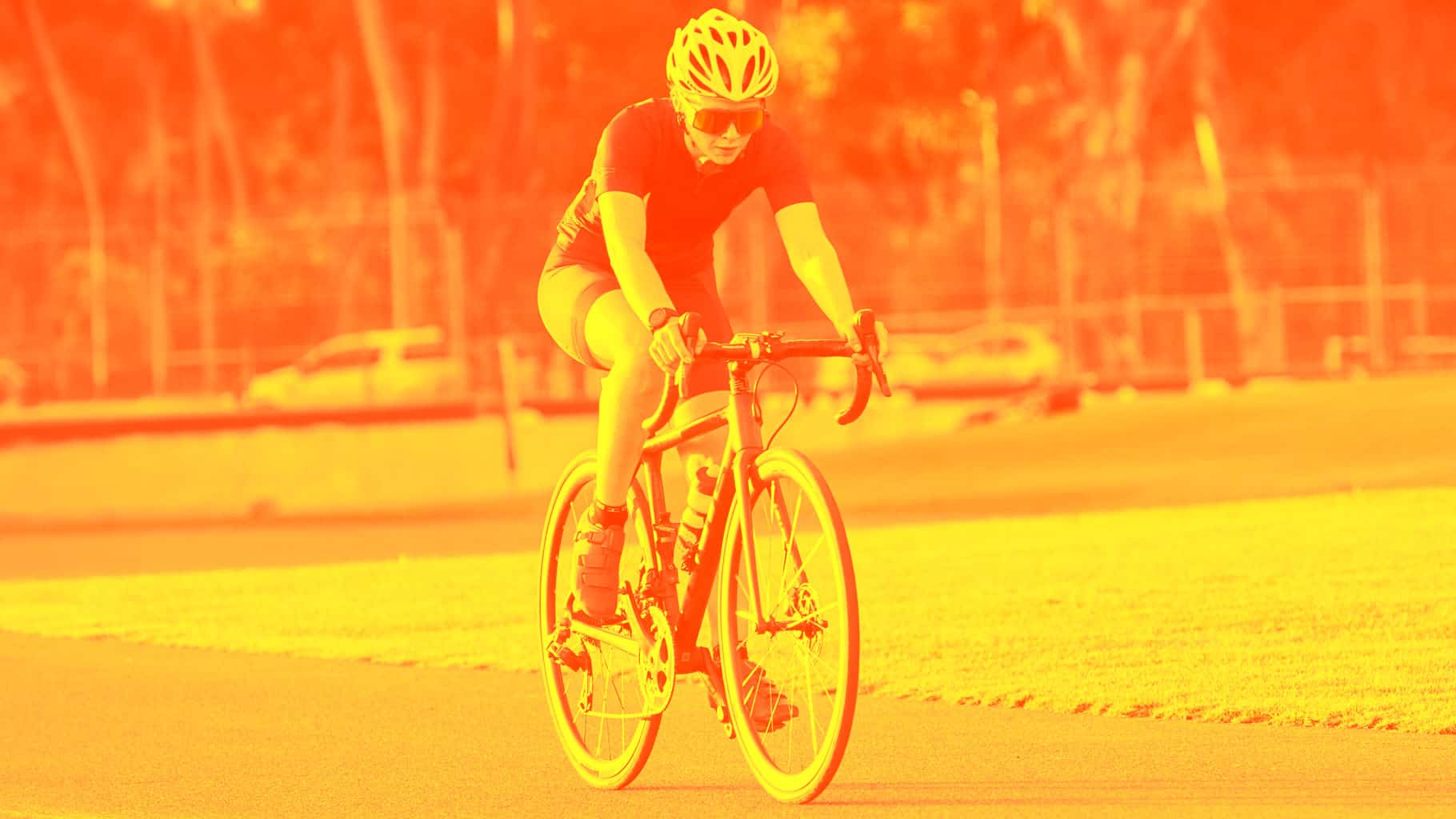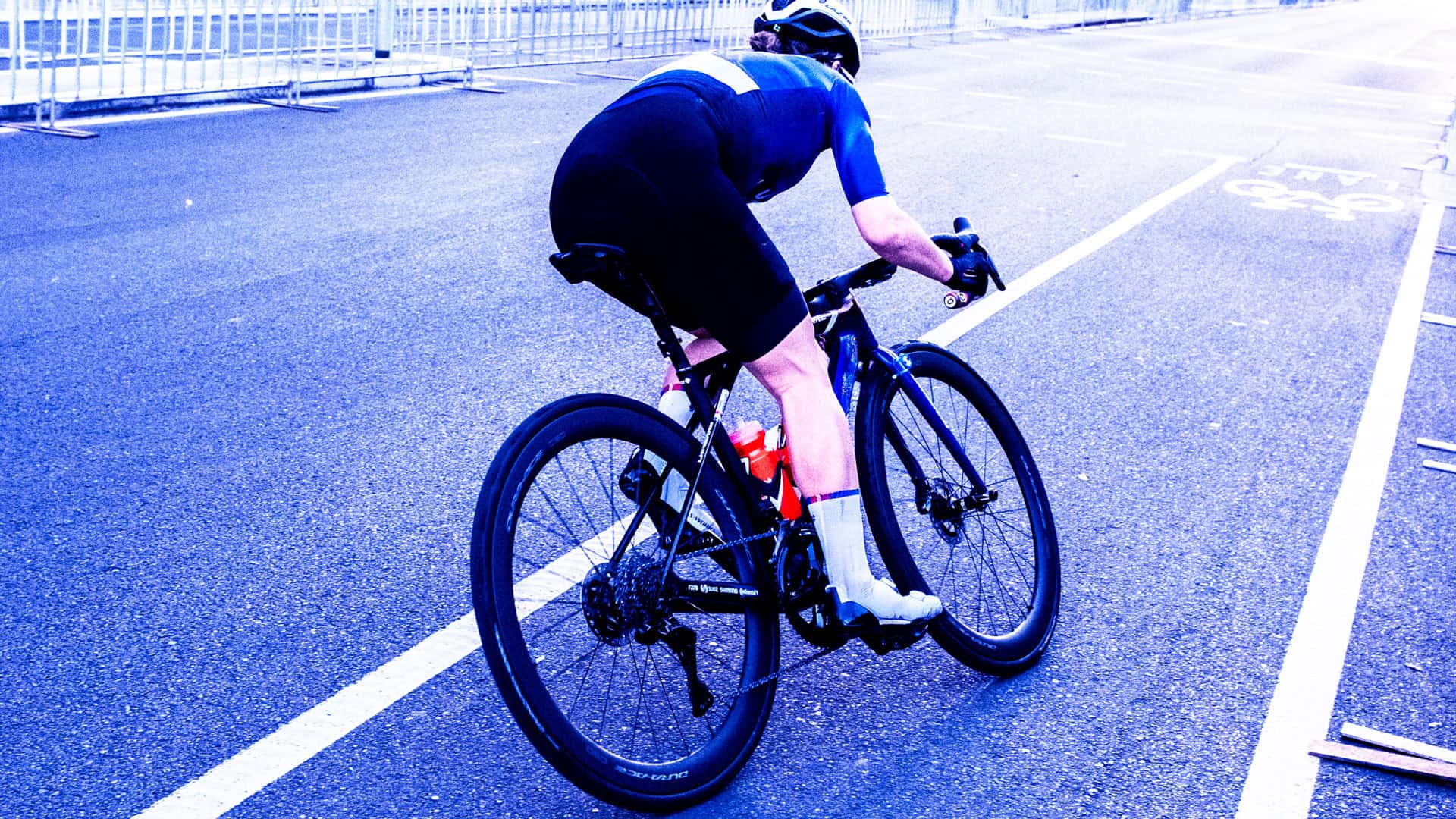Power is force multiplied by speed and is vitally important for bike racing. Power is your ability to ride the bike fast for a long period of time. This more than anything else will decide how good your results are in bike races and on fast-paced social bunch rides with your friends. For a racing cyclist, races are not won or lost when you are in the bunch ripping along at 40 km/h. Races are won or lost at the decisive moments.
On fast-paced social rides, your ability to keep up with or take control of the bunch is determined by the same thing. To be in these moves and create these decisive moments you need to be strong and to be strong you need to be able to develop short bursts of high power. These bursts may be for two minutes to bridge a gap, a five minute effort to solo it home in front of the bunch or those thirty-second efforts to hold your position when an attack goes off or be the one making them. How do you train for this? Read on…
E3, VO2MAX and ANC efforts are the key. They help you to do this but more importantly they help build your ability to repeat and back these high-intensity efforts up during the race. I call it repeatability. All of this is trained doing E3, VO2MAX and ANC efforts and is the icing on the cake of a well-structured training program. It’s the speed work that you do at the end of your aerobic base building and strength phases of your training program.
There are three types of muscle fibres:
Endurance – Slow twitch – Type I
These are the endurance fibres that allow the endurance cyclists to ride all day. They are very good at burning energy aerobically (ATP) so they are red in colour. They don’t fatigue very quickly and can go all day. They sacrifice developing power for endurance so these fibres don’t make you ride fast, just long.
Intermediate – Fast twitch Type IIa
While a lot of people understand fast and slow twitch fibres these ones are the most interesting of the Fast twitch muscle fibre. Being a combination of Type I and Type II fibres they can burn energy both aerobically and anaerobically. These are the fibres that you can use to develop good speed for your recreational and CycloSportif endurance events. They are the most important fibre for road racing cyclists to ensure that they are able to finish with the main group. These fibres develop better power than Type I and have good resistance to fatigue.
Sprint – Fast twitch Type IIb
Used primarily in sprinting. These are the fibres that produce huge amounts of power but only for a short period of time. They are white in colour because they primary burn energy anaerobically.
The percentage of the mix of these fibres denotes what sort of cyclist you are. Lots of Type I and you’ll be an endurance cyclist that’s good at longer events done at slower speeds while lots of Type II and you’ll be more suited to short explosive events like criteriums, track and fast bunch rides.
ANC, VO2MAX and E3 indoor training sessions are designed to develop Type IIa which will increase your power on the bike so that you are able to maintain a higher speed for longer. It is also essential for time trialing, being in a working break in a road race or sitting on the front of a fast moving bunch on a social ride.
This is one of the most effective ways of using your heart rate monitor or power meter to improve your cycling.
Check out this article on functional strength training vs traditional muscle isolation exercises
Check out this article about To Climb Faster You Need To Build Strength Before Speed
| Description | Intensity | Code | % Max Heart Rate |
|---|---|---|---|
| VO2MAX Boosting | Very Hard – Can’t speak | VO2 | 92 – 100 % |
| Anaerobic Threshold Endurance | Hard – Difficult to speak at all | E3 | 85 – 91 % |
| General Aerobic Endurance | Moderate – Talk in short sentences | E2 | 75 – 84 % |
| Base Aerobic Endurance | Easy – Able to carry out conversation | E1 | 65 – 74 % |
| Recovery | Easy – Able to carry out conversation | REC | 50 – 64 % |
Table 1 – Cycling Heart Rate Zones Explained: Cycling Australia official Heart Rate Zones
| Description | Intensity | Code | Percentage of Threshold Power (FTP) |
|---|---|---|---|
| Neuromuscular Power | Maximal – Can’t speak | NEU | > 151 % |
| Anaerobic Capacity (30 sec. to 3 min. efforts.) | Maximal – Can’t speak | ANC | 121 – 150 % |
| VO2MAX (3-8 min. efforts) | Very Hard Can’t speak | VO2MAX | 106 – 120 % |
| Lactate Threshold (8+ min. efforts) | Hard Difficult to speak at all | E3 | 91 – 105 % |
| Tempo | Moderate Talk in short sentences | E2 | 76 – 90 % |
| Endurance | Easy – Able to carry out conversation | E1 | 56 – 75 % |
| Active Recovery | Easy – Able to carry out conversation | REC | < 55% |
Table 2 – Power Zones sourced from Training and Racing with a Power Meters 2nd Edition – Hunter Allen and Andrew Coggan
(1) Sustained power – for sitting on the front of the bunch – E3 and VO2MAX efforts between 5-10 minutes like:
081 – Aerobic Build with Hand and Arm Rotations
082 – Hill Climber Seated and Standing with Arm Swaps
002 – E3 Strength Endurance Ergo
(2) Short punchy power for hill climbing, bunch surges and bridging across to breaks – VO2MAX efforts using heart rate zones and ANC and VO2MAX efforts using power zones from 30 seconds to 2 minutes like:
023 – Strength Endurance with Lift
Other articles of interest:
Slow Down To Speed Up Your Hill Climbing – Cycle Up Hills Fast
Difference Between Training with Heart Rate and Power
How To Work Out Your Cycling Heart Rate Zones
What Does Your Resting Heart Rate Mean?
Heart Rate and Performance Parameters in Elite Cyclists
Cyclist’s Survival Kit – Don’t Leave Home Without It





Leave A Comment